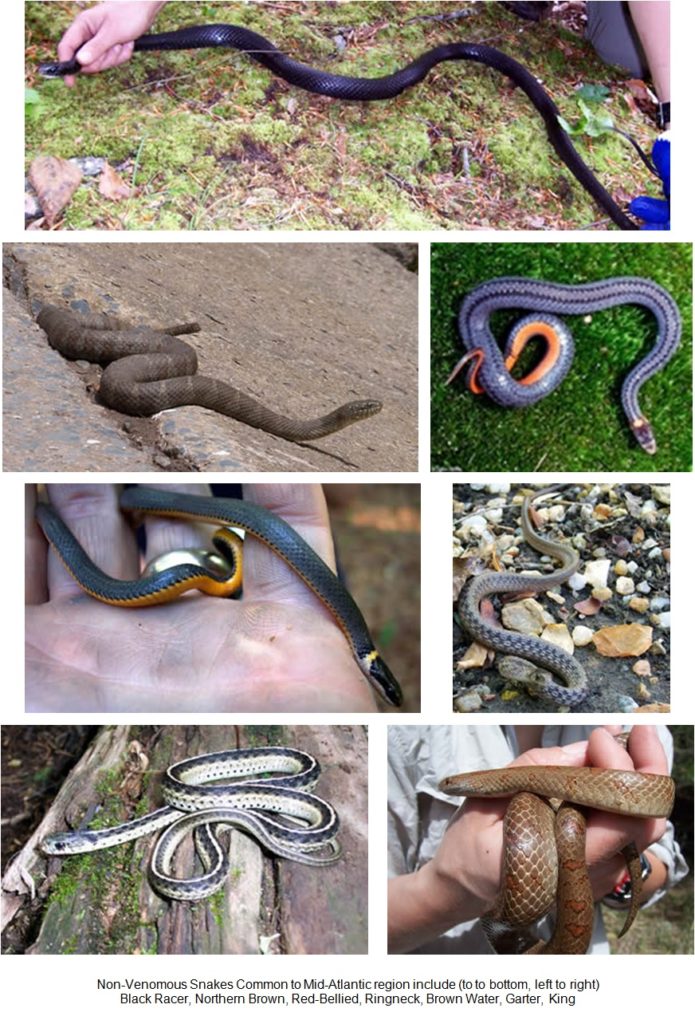Cicada Side Effects
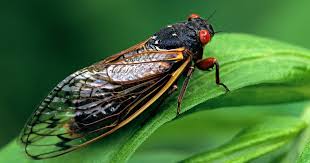
The Food Chain is an amazing thing. We are able to predict future animal population swells and dips based on current food availability. In the Brood X Zone, wildlife over the next few years is going to reflect this years bounty, big time.
If you live, work or play in Delaware, the District of Columbia, Georgia, Illinois, Indiana, Maryland, Michigan, New York, North Carolina, Ohio, Pennsylvania, Tennessee or Virginia, you know our Earth has been issuing forth an incredible feast. This years arrival of what is commonly referred to by locals as the 17 Year cicada invasion – or, by more proper verbiage-driven people as the emergence of Brood X – has beefed up the local food chain. (By the way, ‘X’ stands for Roman numeral 10; it is not a gender neutral designation for the red-eyed bugs.) Also known as The Great Eastern Brood, X is the largest of the 15 broods of periodical cicadas that appear throughout the Eastern United States, boasting the most numerous insect concentration of all the broods. Geography and Science say it is acceptable to call this brood “Great” and “Eastern.”
The cicada life cycle begins in trees. Mom and Dad hook up and leave a clump of fertilised eggs at the very tip of a delicate tree branch. Baby cicadas hatch from the eggs and begin to feed, chewing clean through the twig supporting their home and bringing all down to the ground. The youngsters immediately begin to burrow deep into the dirt, snuggling up close to the trees roots. This is where they will spend most of their lives, sucking on the sap of the tree they were conceived and born upon until it is time to start climbing.
Once these cicadas gather strength and rise up from their underground chambers, shaking free of the soil that has been oppressing them for 17 years, many of the primarily subterranean insects are instantly gobbled up by hungry animals. Tasty (opinion formed via observation) and tender cicada nymphs have not only been expanding the usual diets enjoyed by our pet cats and dogs this year, each and every carnivorous creature on God’s green Earth has been feasting on 2021’s bug bounty. Unfortunately for the cicadas, being possessed of wings and a less than al dente texture are no deterrent to animals slavering around in a state of cicada bloodlust. Less juicy/more crunchy cicadas that have dried out after exiting their exoskeletons are also slurped up by anything that walks, swims, flies or slithers across the ground.
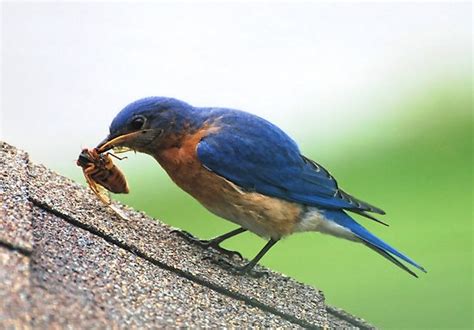
People, of course, can and are eating the insects to prove their unity with our fellow humanoids who subsist off of grubs in other corners of the world. Here in the Western world, we generally tend to view bug eating as the result of a dare or an indication of Basic Survival mode, our other protein options have been depleted or are being rationed. Somebody needs to tell that to a few first generation ‘Merican chefs who are using Cicada Cuisine as bait to get people to come back to their recently re-opened restaurants. It’s simply not sustainable. What happens when the cicadas are gone? I fear for the future of water bugs should large insect eating become de rigueur.
Some people can’t stand the 17-year old beasties, too noisy. Other people wish they were a 24 hour experience because cicadas have either, A) no fear; or, B) no sense. They do not run from anything. In fact, they run INTO everything. If not getting busy in the trees, cicadas fly around like drunken bumble bees who have been sucking down nectar that contains anabolic steroids. Or, they just lay on the ground and on other open surfaces, waiting to be eaten. And eaten they are getting.
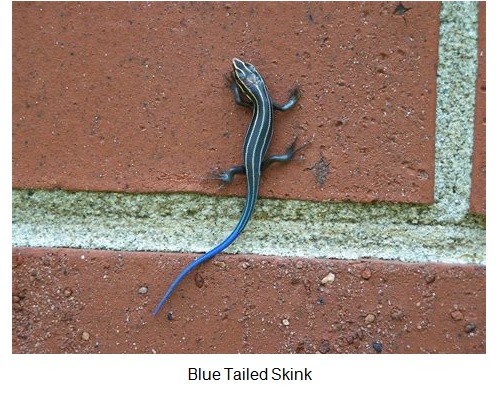
Much of non-herbivore Eastern US wildlife is classifed as “Carnivorous/Insectivorous” – they eat insects at every life stage, as well as things like worms. Shrews, moles, voles, mice, rats, hedgehogs, ‘possum, fox, skunk, badgers, squirrels, groundhogs, salamanders, lizards, skinks and so many more mammal, reptile, fish and bird populations will be exploding because of this years cicada feast. Not just in 2021, for years to come. The plentiful food status is enabling more couplings and ensuring survival for the young products of these unions. As wildlife numbers swell, their natural resources will become more valuable and territory disputes will rise, forcing more animals into contact with humanity which could be dangerous for people and for critters. Animals will be nesting and burrowing where we don’t usually expect to find a nest or den. Others will be playing bumper tag with speeding cars a bit more than we are accustomed to. Rabies and other diseases may come in to play.
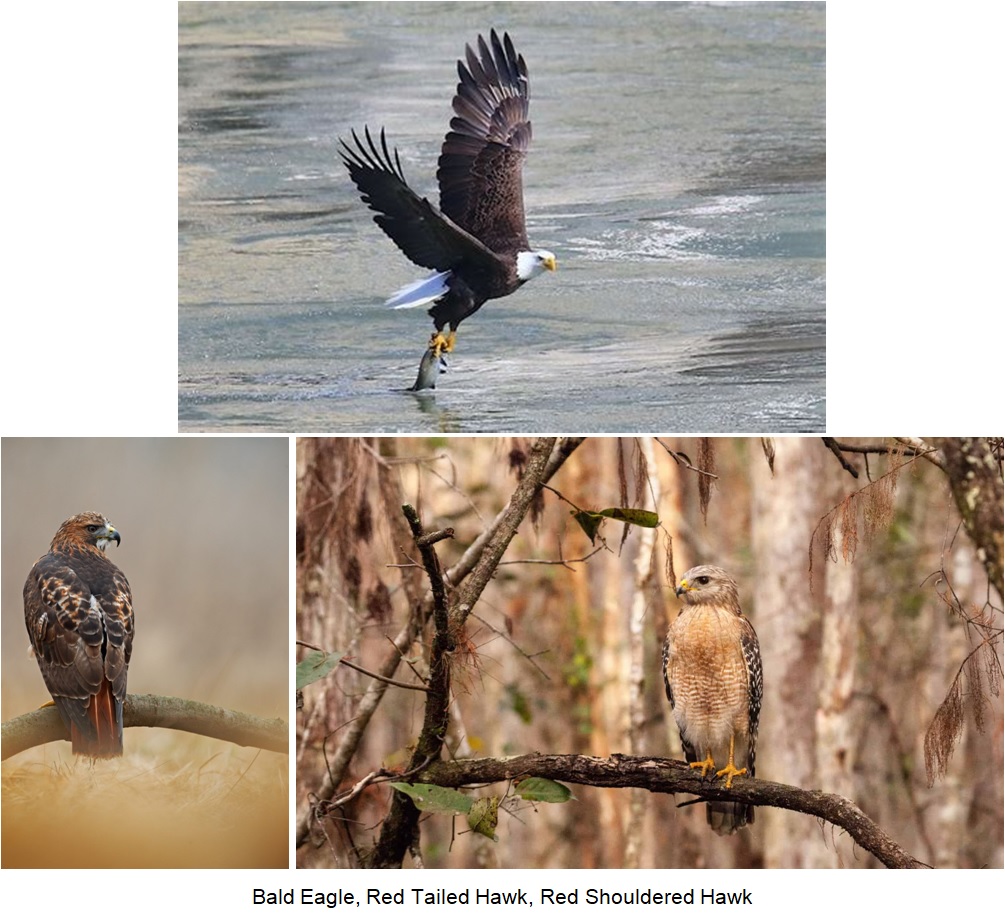
Predatorial carnivores like eagles, hawks, coyotes, wolves and lions will also reap the cicada feast reward as their prey animal populations explode. Increased predators means increased danger for our family pets as well as some farm animals. (We ought not have to warn parents to take care of their small children so, let’s just let that be implicit.)
Perhaps the greatest area of concern to humans when considering a wildlife population expansion lives under a rock. We have quite a variety of snakes in this region. They, too, have been enjoying Mother Nature’s Cicada Snack Shack and will be reproducing at an impressive rate. The overwhelming majority of Eastern US snakes are non-venomous, not all. The most common venomous snake in Brood X’s domain is the Copperhead Snake. Copperheads are the number one cause of venomous snake bites in the US of A. Familiarising self with their appearance, preferred habitats and behaviour will help to ensure your safety and theirs.
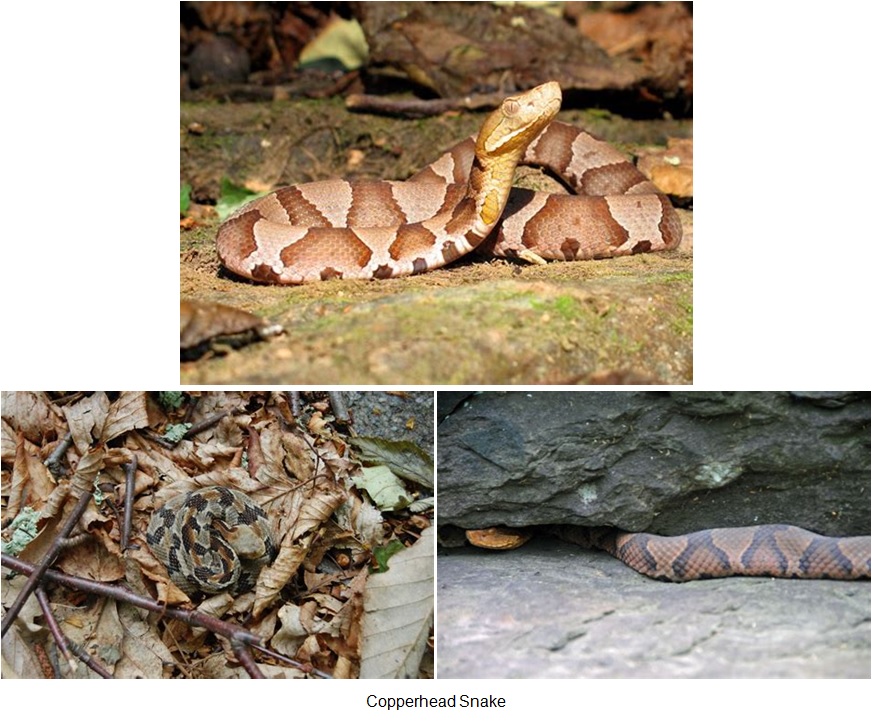
Snakes are an important part of our ecosystem and we ought not kill them just because they surprised us. (Spiders, whole ‘nother story.) If one ends up with a problem, there are professional snake trappers who can capture an unwelcome or dangerous snake, releasing it elsewhere should a property owner not wish to get involved with the beastie. By the way . . . while not a poisonous snake, the common black snake (or, bull snake or rat snake or . . . you know what you call it where you live) will bite ya as quick as it will look at ya. They wake up with a headache, every day. If one does sink his fangs into you, they will stay right there until you pry them free. Snake teeth are filthy and leave deep puncture wounds. Don’t mess with a black rat snake is as good a rule to follow as is don’t mess with the copperheads or cottonmouths.
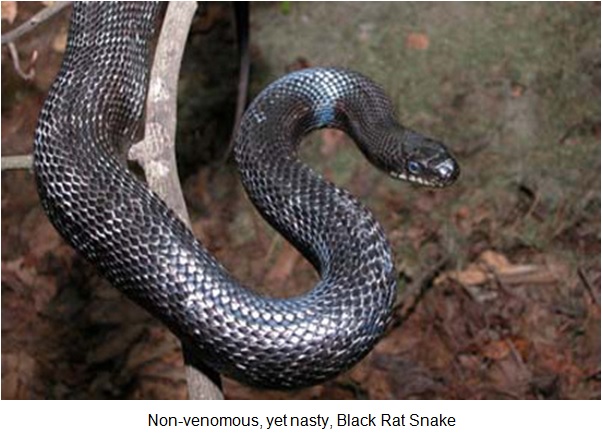
The Great Eastern/Brood X/17-year cicadas bring an abundance of Life! We are getting new neighbors! If in the Brood Zone, it seems the prudent choice to exercise an extra portion of caution over the next few years so as not to surprise an animal who has outgrown his habitat and decided your own fulfills its needs. Here’s to hoping showing this years dinnertime trickle down effect an ounce of respect will yield a bountiful harvest of appreciation for nature, and full tummies of our own. Wolves and birds of prey aren’t the only carnivores who appreciate a plethora of prey animals scurrying all over the ole Food Chain.
